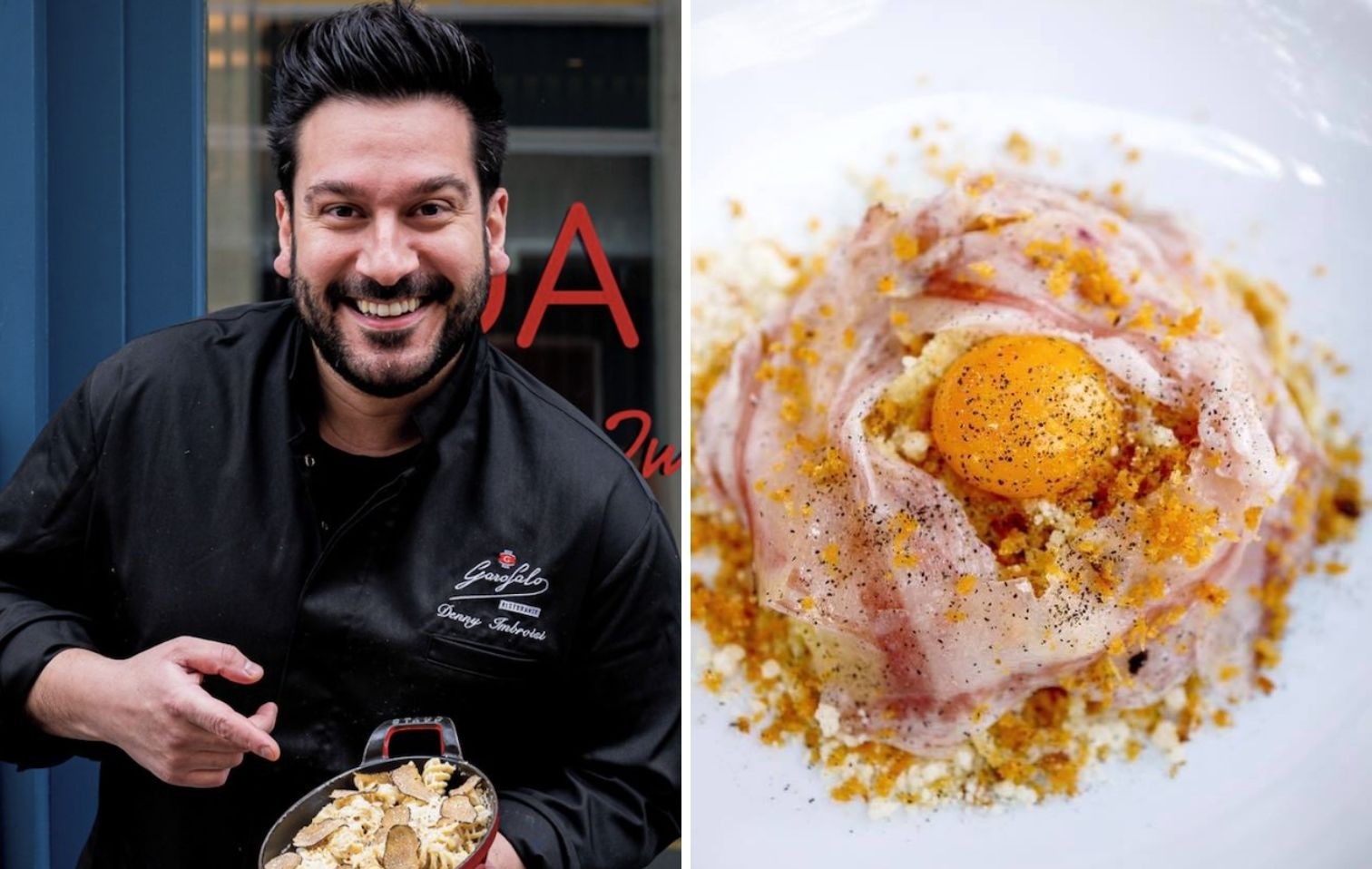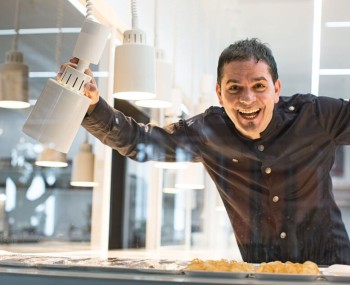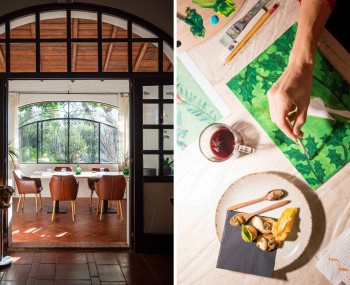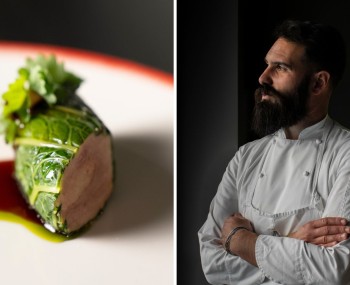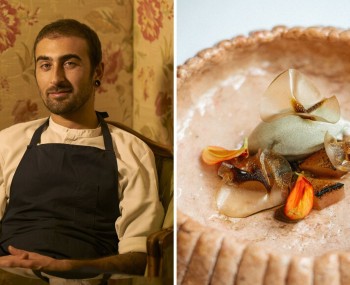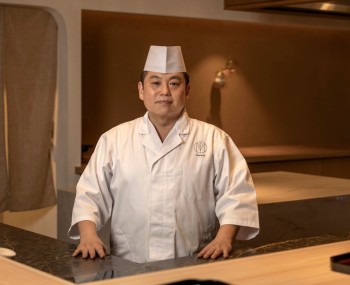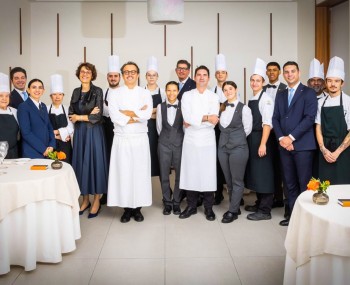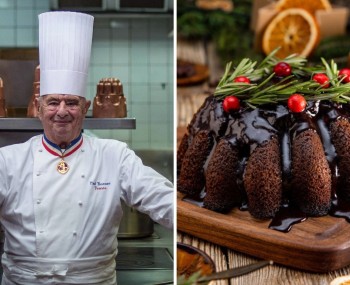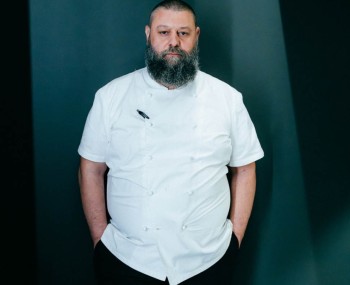Yolk added on the way out and dusted with breadcrumbs: the “heretical” yet super-popular recipe of Denny Imbroisi, an Italian chef who offers an alternative carbonara in France.
The chef
Purists be warned: you may not like this article. But when it comes to making perfect pasta carbonara, Denny Imbroisi, renowned Italian chef at the Paris restaurant Ida, has his own method. And it seems to work to perfection. Originally from Calabria, Imbroisi has adapted his mother's recipe, elevating it to a new level of culinary expression.
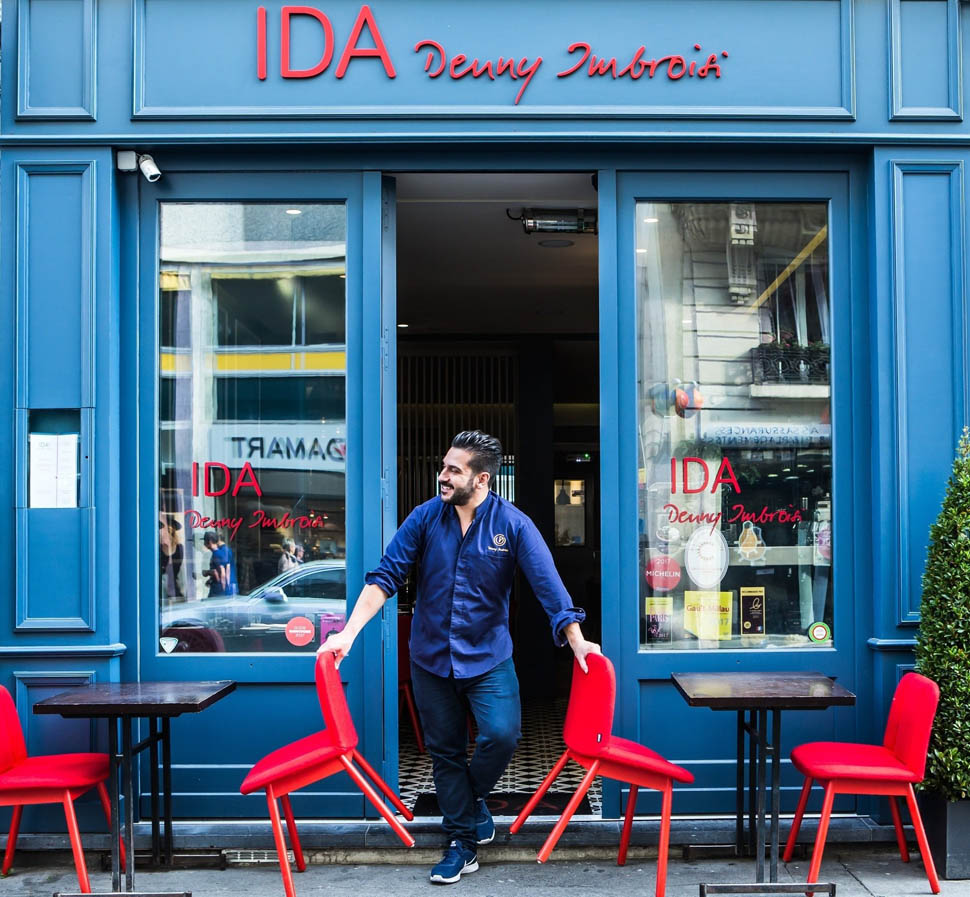
The key to success, as he reveals to 20Minutes, lies in the quality of the ingredients: well-chosen spaghettoni, rough just enough to hold the creaminess, Pecorino Romano mixed with Grana Padano for a balance of flavors that focuses on sweetness compared to the basic version, and guanciale, which with its enveloping fat gives the dish an unmistakable taste. But we haven't told you everything yet: in fact, a whole egg yolk is added on top! Objective? To create dynamism at the table and give additional creaminess to the whole. For the rest, the basic ingredients are few but must be flawless: 100 grams of pasta, 50 grams of cheese, 30-40 grams of guanciale, two egg yolks and one egg white, and a generous amount of pepper. And let's not forget the crunchiness provided by the fine bread crumbs, a trick of his mother's to substitute cheese when they could not afford it.
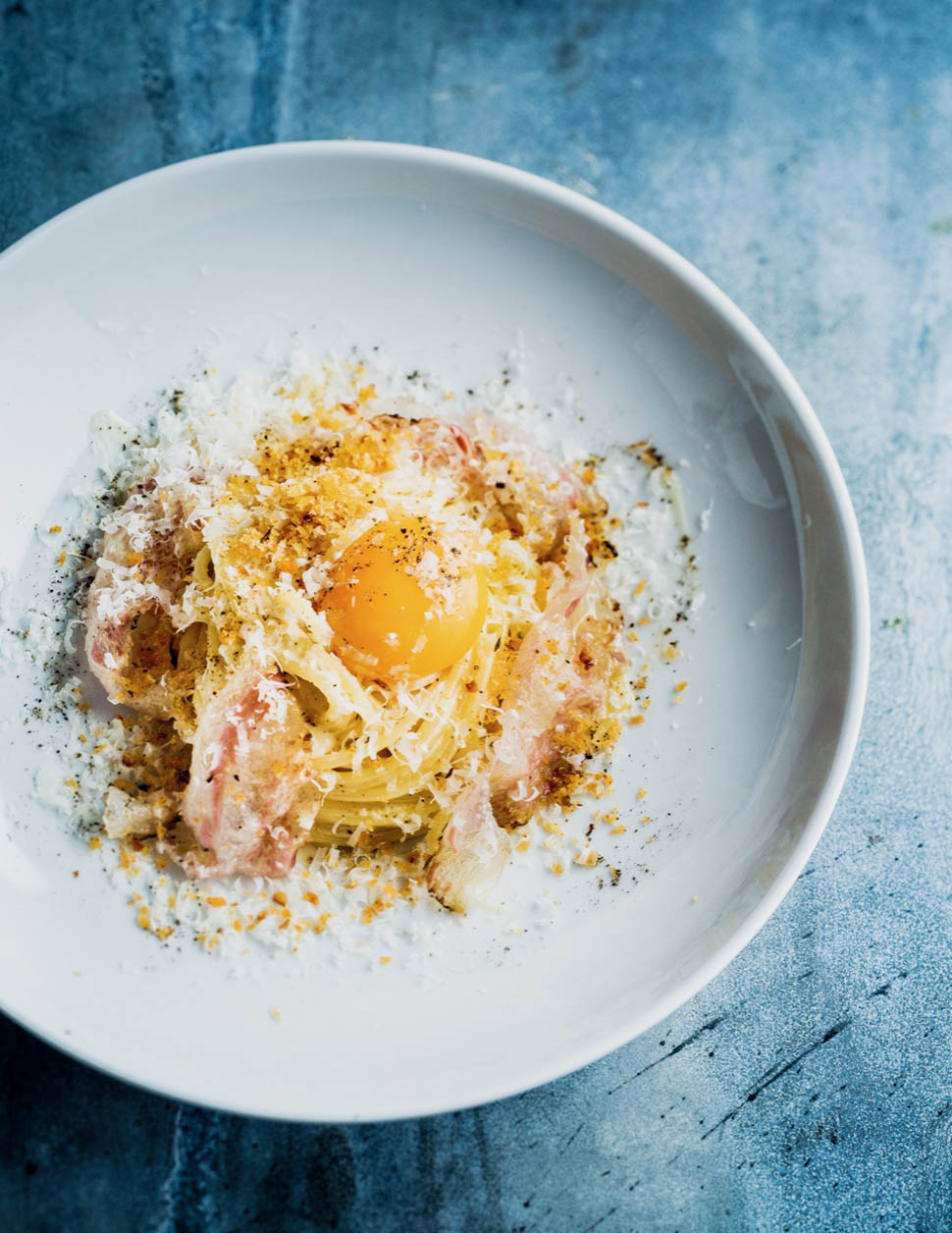
In addition to this secret, Imbroisi shares some valuable cooking tricks: follow the “1-10-100” rule for water, salt, and pasta; set the water to simmer, rather than letting it come to a full boil; and reduce the cooking time of the pasta by two minutes from what it says on the package, to complete cooking in the pan. This “risotto” step is essential to achieve a silky sauce. The sauce process also requires attention. After letting “sweat” the guanciale in the pan, Imbroisi mixes the egg yolks and egg whites with half the cheese, adding only pepper and no salt. The fat from the guanciale is gently incorporated into the egg and cheese mixture along with some of the pasta cooking water, which is rich in starch, to achieve a creamy, smooth consistency.
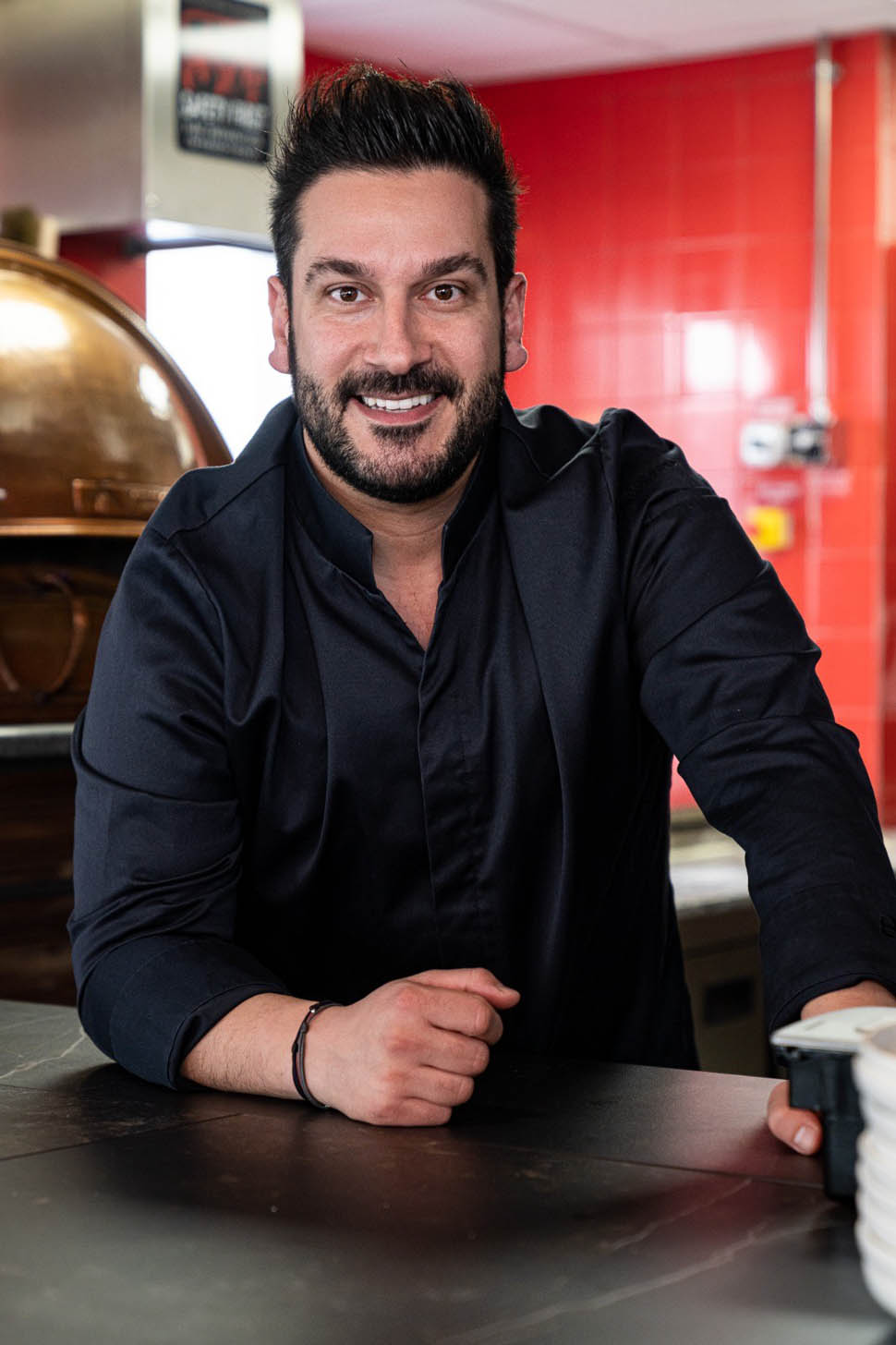
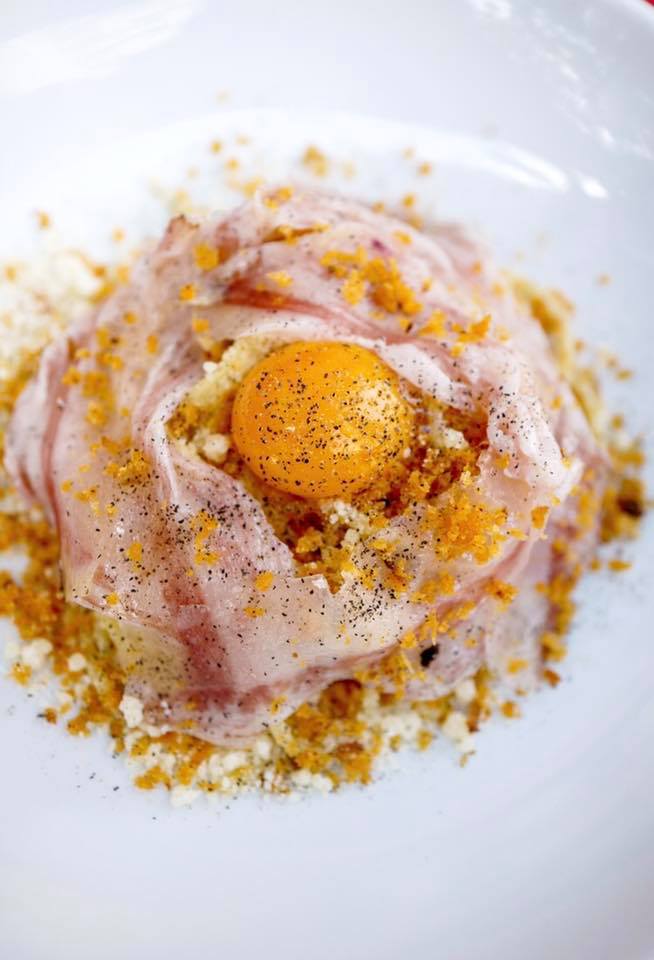
Once cooked al dente, the pasta is transferred to the pan with the guanciale for “risottatura” with the sauce, gradually adding more cooking water to prevent it from turning into an omelet. This delicate balance between temperature and dynamism ensures that the carbonara maintains its velvety texture without ever separating. Imbroisi's final touch is to garnish the dish with thin slices of guanciale, a sprinkling of cheese and bread crumbs, a generous grinding of pepper, and a whole egg yolk cooked in a salamander, to be broken with a fork before tasting, creating a harmony of flavors and textures; an experience that the Michelin Guide described as “a crazy high-level pleasure, from the first to the last bite.”

